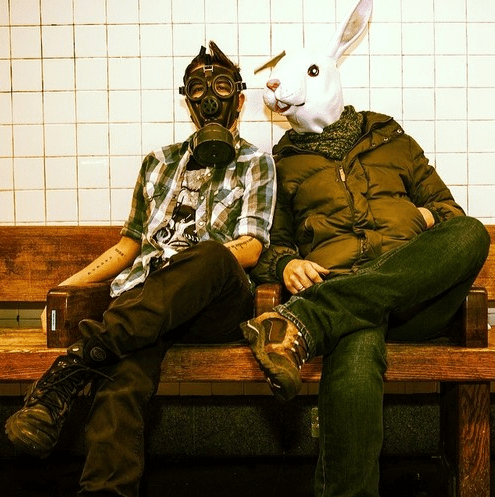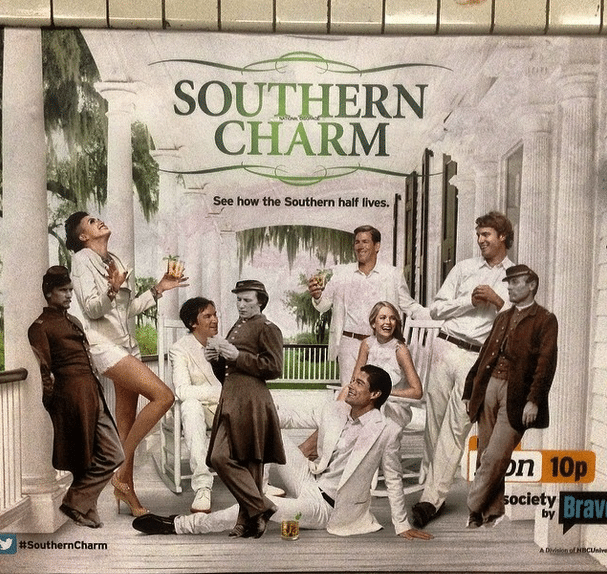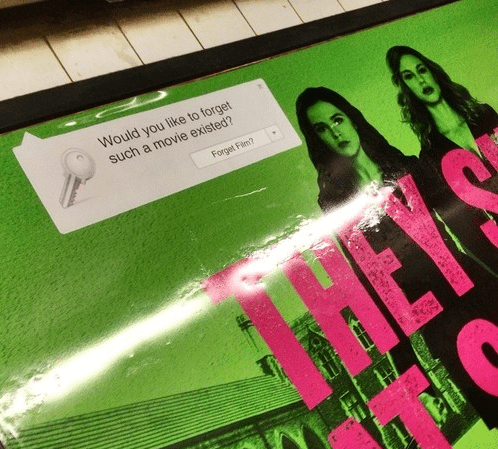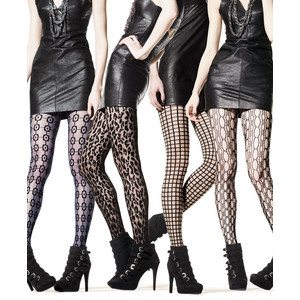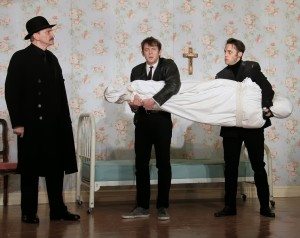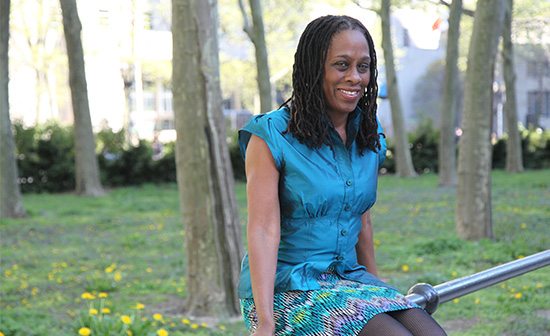Breaking into the fashion industry is no easy task, but Jake Labarbera makes it seem effortless.
This newly 21 year old is a student at the Fashion Institute of Technology, studying merchandising and jewelry design. He has an interest in photography, and most of all sharing his style with everyone. Jake blogs his personal style, showing the world how to make an outfit ‘pop’ in this competitive world of fashion.
Recently on his blog, www.jakeshotonfashion.com, silver was featured as the up and coming color to incorporate into an outfit. Tested by Jake himself in the fashion district of Manhattan, silver is definitely the way to go. Silver is subtle yet shiny, so your outfit stands out without being overwhelmed by it. This is perfect for those hesitant to go ahead with neon pieces. The easiest way to try silver for an everyday outfit is in jewelry, shoes, or belts- all of which can be found for low prices.
 Here is a leather and silver bullet styled bracelet that Jake featured. This piece can be matched with any outfit, and can give theperfect New York rocker tone to an otherwise bland outfit. Again, not an overwhelming piece, but just enough to add the same sparkle as an average bracelet- just with a heck of a lot more attitude.
Here is a leather and silver bullet styled bracelet that Jake featured. This piece can be matched with any outfit, and can give theperfect New York rocker tone to an otherwise bland outfit. Again, not an overwhelming piece, but just enough to add the same sparkle as an average bracelet- just with a heck of a lot more attitude.
 His other favorite pop of silver is his pair of silver high top sneakers. He blogged this statement about these gleaming kicks: “I’m obsessed with my silver hightop sneakers. And I would totally wear them everyday if I could.” And Jake’s recommendation to everyone is to “pull out your old pieces, dust them off, and put them to good use.” This applies to anything- silver or not- because hey, you never know what will be the next big hit in fashion.
His other favorite pop of silver is his pair of silver high top sneakers. He blogged this statement about these gleaming kicks: “I’m obsessed with my silver hightop sneakers. And I would totally wear them everyday if I could.” And Jake’s recommendation to everyone is to “pull out your old pieces, dust them off, and put them to good use.” This applies to anything- silver or not- because hey, you never know what will be the next big hit in fashion.
Jake is not only a blogging trendsetter, but he is currently an intern for couture designer, Ralph Rucci, as well as a model. He has been involved in modeling for a few years now, and has quite an array of experience. A few years back Jake modeled for prints for a small boutique in Rhinebeck. Then, he bust onto the Runway in 2013 New York Fashion Week for designer Marlin George. And for 2014, Seduka by Joe Dahan will be featuring Jake in a lookbook and their soon to launch blog.
Young, handsome, and determined, Jake is set to succeed in everything he does. He is still a fresh face in modeling, but a great reputation is certainly building. And let’s not forget he’s a student of jewelry design- we must keep our eyes out for his collections!


